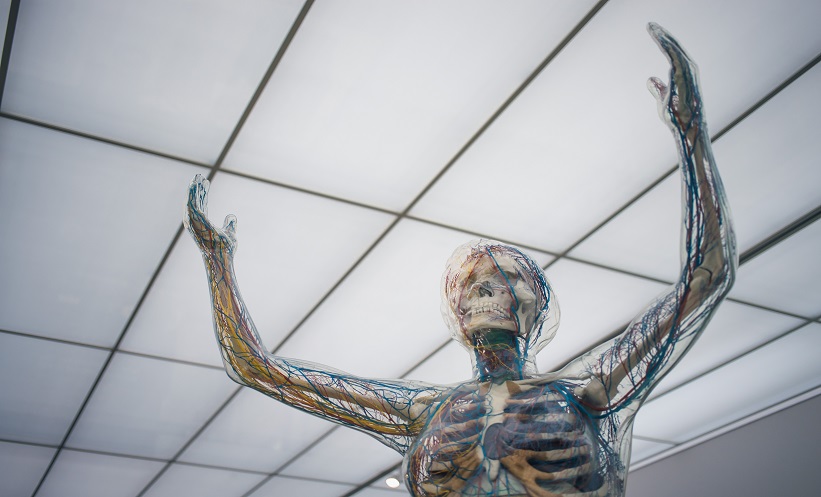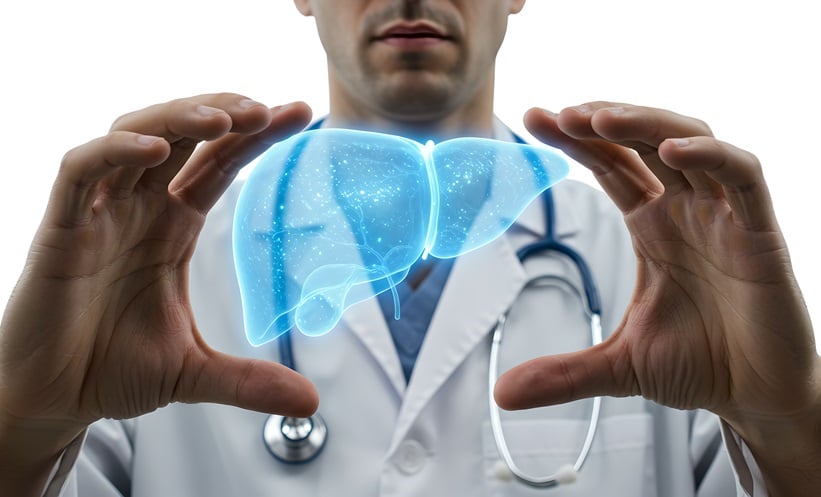NOVEL 3D-imaging technology has shone a light on the autonomic nervous system in the liver, and the degeneration it undergoes in association with non-alcoholic fatty liver disease. Evidence has further shown a direct correlation between the severity of liver pathology and the level of nerve degeneration.
Non-alcoholic fatty liver disease is the most commonly occurring hepatic disorder, with approximately one-third of fatty liver cases developing steatohepatitis, a severe disease seriously affecting the entire metabolism. Researchers from the Karolinska Institutet, Stockholm, Sweden, investigated the nervous system in fatty liver disease using volume immuno-imaging and light sheet microscopy. These are innovative imaging techniques that allow 3D-visualisation of the autonomic nervous system with cellular resolution.
Researchers found that even in the early stages of fatty liver disease, alterations have started to occur to the innervation of the liver. As fatty liver disease progressed to more severe steatohepatitis, the alterations became more pronounced degeneration of the autonomic nervous system.
Csaba Adori, Department of Neuroscience, Karolinska Institutet, and study lead, explained the relevance of these findings: “Now we know that nerves in the liver have multiple subtle regulatory roles. Their role, however, may be more essential during the fight-or-flight response or when subjected to metabolic challenges. Degeneration of liver sympathetic nerves and abnormal operation of the remaining nerve fibres in the fatty liver could compromise all these functions, which may contribute to further aggravation of the disease as part of a vicious cycle.”
Adori’s team of researchers expressed their hope that these findings will lead the way in the development of new therapeutic approaches for the treatment of steatohepatitis and portal hypertension, through the specific targeting of the sympathetic nervous system in the liver.








